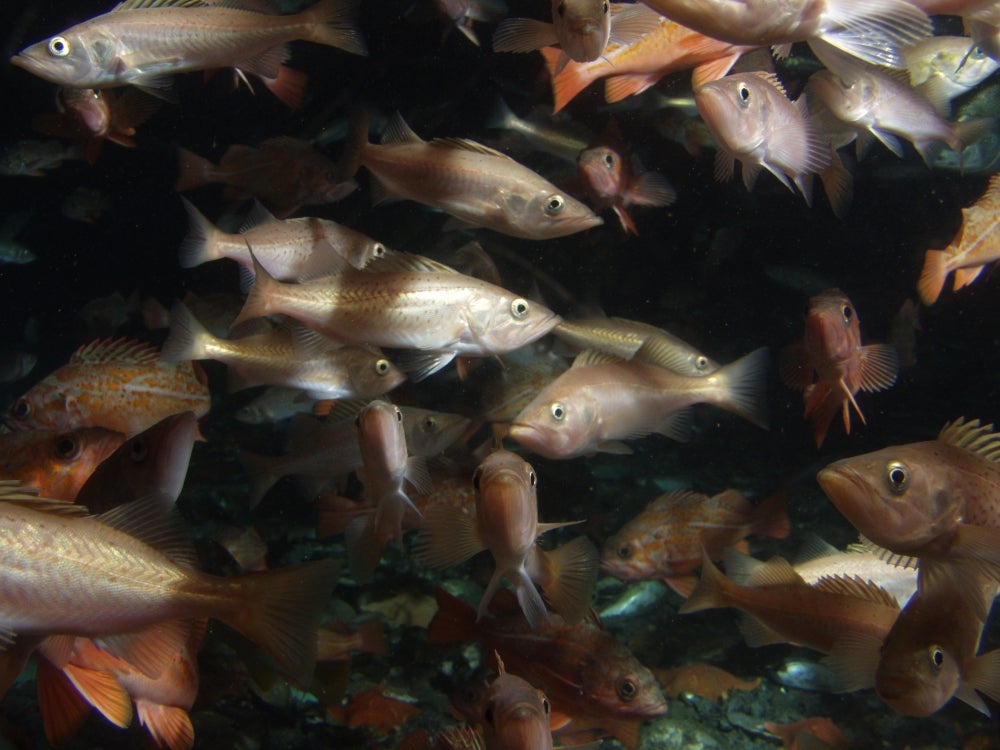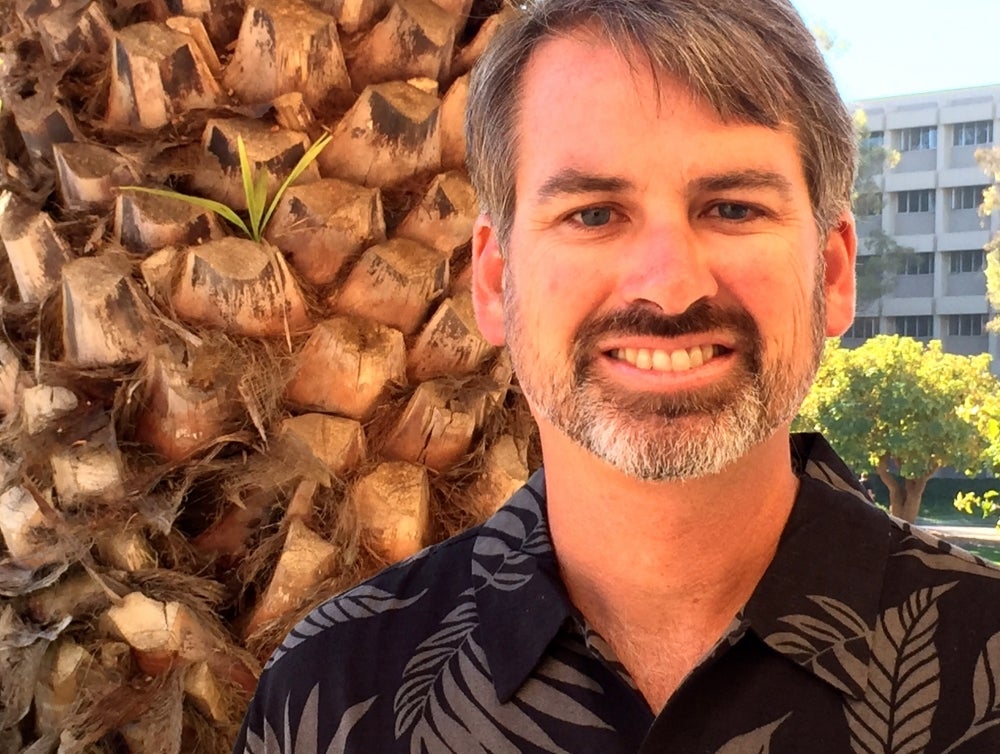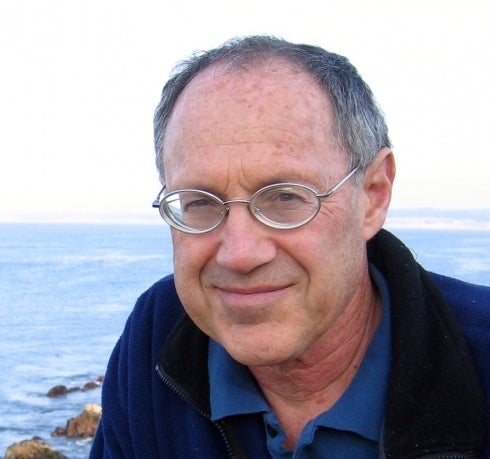
Decommissioning Platform Holly


When the Colorado-based oil company Venoco, Inc. — founded in Carpinteria, California, more than two decades ago — declared bankruptcy last spring and ceded its offshore lease, the state of California “inherited” 50-year-old Platform Holly off the coast of Santa Barbara.
Now the state must decide how to decommission the platform, an arduous process that will require years to complete. The 2010 California Marine Resources Legacy Act provides an option for the platform substructure to remain in place as an artificial reef. The same decision will eventually need to be made for all the remaining platforms off Southern California.
To inform the decommissioning process, a team from UC Santa Barbara is partnering with the Bureau of Ocean Energy Management (BOEM) to determine the biological effects for various platform removal scenarios. The researchers will provide an analysis of the community structure and the productivity of platforms compared to surrounding soft-bottom habitats. They also will examine the changes to both habitats that would result from alternative decommissioning options.
“This project is designed to provide information to the state of California and to other stakeholders on the biological effects of complete removal versus so-called reefing options,” said lead principal investigator Robert Miller, a research biologist with UCSB’s Marine Science Institute. “We’re not going to be making a judgment as to whether it’s good or bad to leave structures out there as artificial reefs, but we are going to assess how these different decommissioning options would affect biodiversity and fish communities off our coast.”
UCSB postdoctoral scholar Erin Meyer-Gutbrod will gather more than 20 years of data from past research to estimate the productivity of fish and invertebrate communities and compare platform productivity and community structure with the type of undisturbed habitat replaced by the platform.
“We want to determine whether rig structures impact species composition by diversifying the available habitat for some fishes, potentially serving as foraging or nursery oases amidst an expanse of soft-bottomed substrate,” Meyer-Gutbrod said. “I will model and predict positive and negative impacts to the marine environment that could result from partial removal versus full removal of the structure.”
One source for this study will be an online annotated bibliography of research conducted worldwide on the organisms and organismal communities associated with oil and gas platforms. This bibliography, funded by BOEM and assembled by UC Santa Barbara, includes papers in referenced journals, research reports, books, book chapters, theses and dissertations. The material can be sorted by author, title, location and more than 100 keywords, and most citations include an abstract.
“If you wanted to find out what work had been done off California regarding platforms and the organisms that live around them, this bibliography will provide any scientific research ever done on platforms in the state,” explained Milton Love, a research biologist with UCSB’s Marine Science Institute and also a principal investigator on the research. “In fact, there are 118 such references in the Platform Science database.”
Love noted that some evidence shows platforms can increase productivity for certain species of fish. “In some years at some platforms, many fish would be dead if it weren’t for that platform, which implies and demonstrates that platforms can produce fish,” he said. “So if the question is, ‘Do these platforms increase the number of fish off California?’ the answer is — in general — ‘Yes.’”
Still, the fate of Platform Holly lies in the hands of the state government, which will make the final decommissioning decision once it has sufficient information about the potential outcome of each option.
“Ultimately, society will have to make a judgment on the relative value of reefing versus complete removal,” Miller said. “We’re going to try and inform that process by providing information about the biological effects of the platforms on marine communities.”



